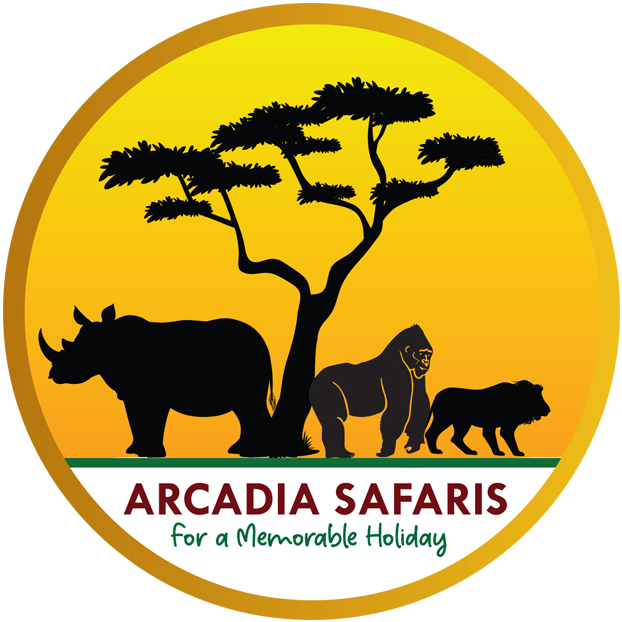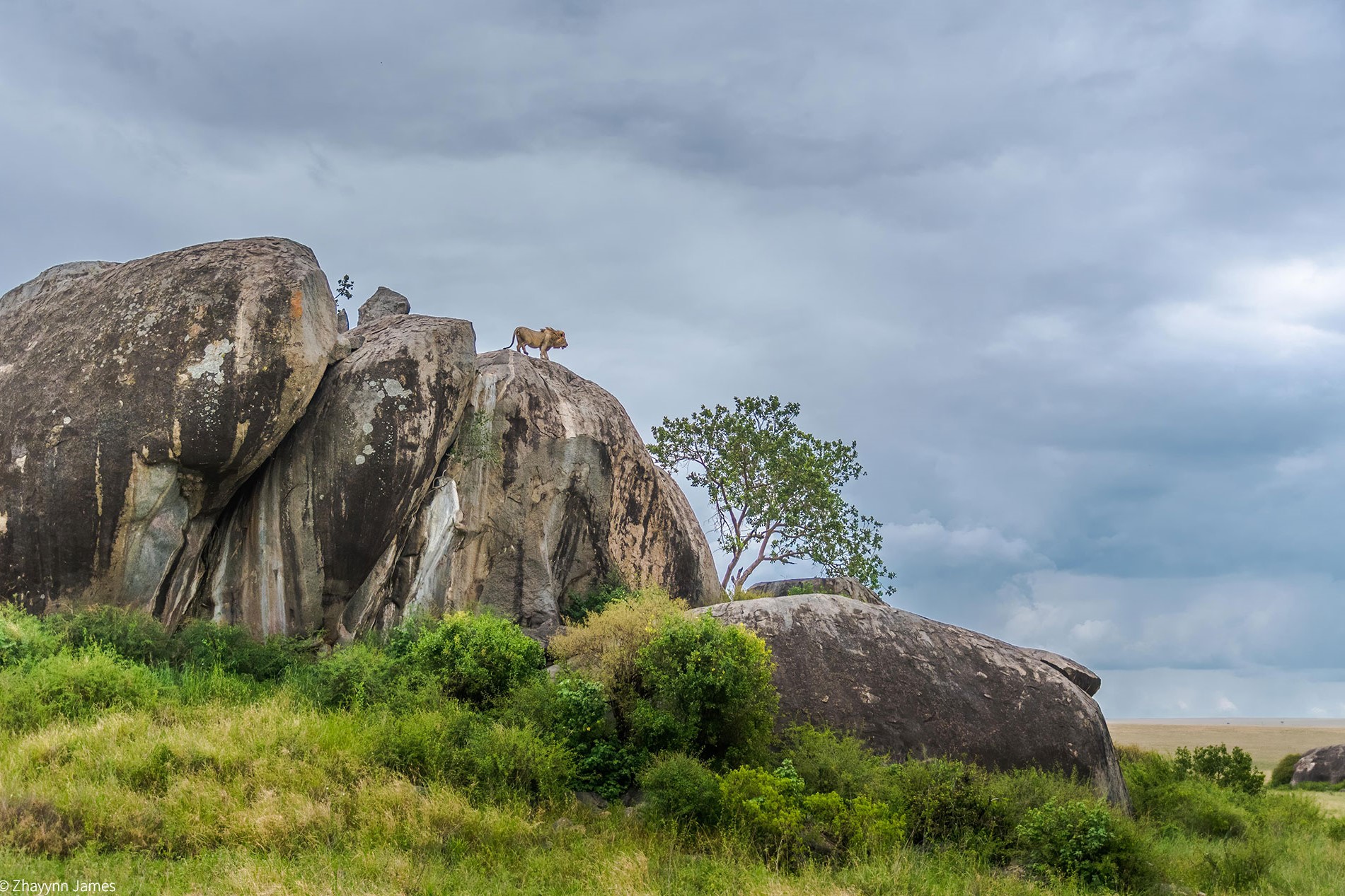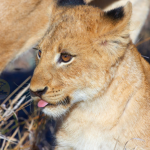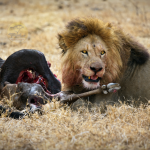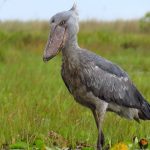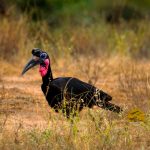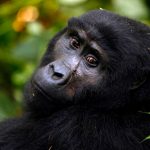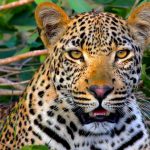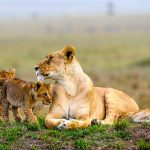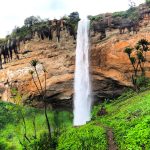Serengeti Kopjes: Unveiling a Hidden Jewel of Wild Beauty in Tanzania.
Serengeti Kopjes; The Serengeti National Park of Tanzania is one of the most fabled wildlife destinations in the world, comprising grassy plainlands with acacia trees and dramatic kopjes amidst the sea of grasses. Such rocky outcrops are features throughout the park and offer, besides a dramatic panorama, a habitat unlike any other for both wild animals and visitors. Kopjes around Serengeti form a thing that no voyager, interested in the immersion in wild Tanzania, would afford not to see.
What are Serengeti Kopjes?
Kopjes are big, isolated outcrops of rocks or small hills rising abruptly from the general grassland. Formed millions of years ago through volcanic activities, these rocks offer shelter and lookout points to a variety of wildlife. The kopjes of Serengeti, especially in the south and central areas, are famous for their beauty and wildlife variety.
These microhabitats created by their shade, moisture retention, and the vegetation they support give a unique spot on these big expanses of flat grass plains. They may be seen in a scene as some form of natural sculptures on this savannah, but surely they are part of a more essential aspect in this ecosystem.
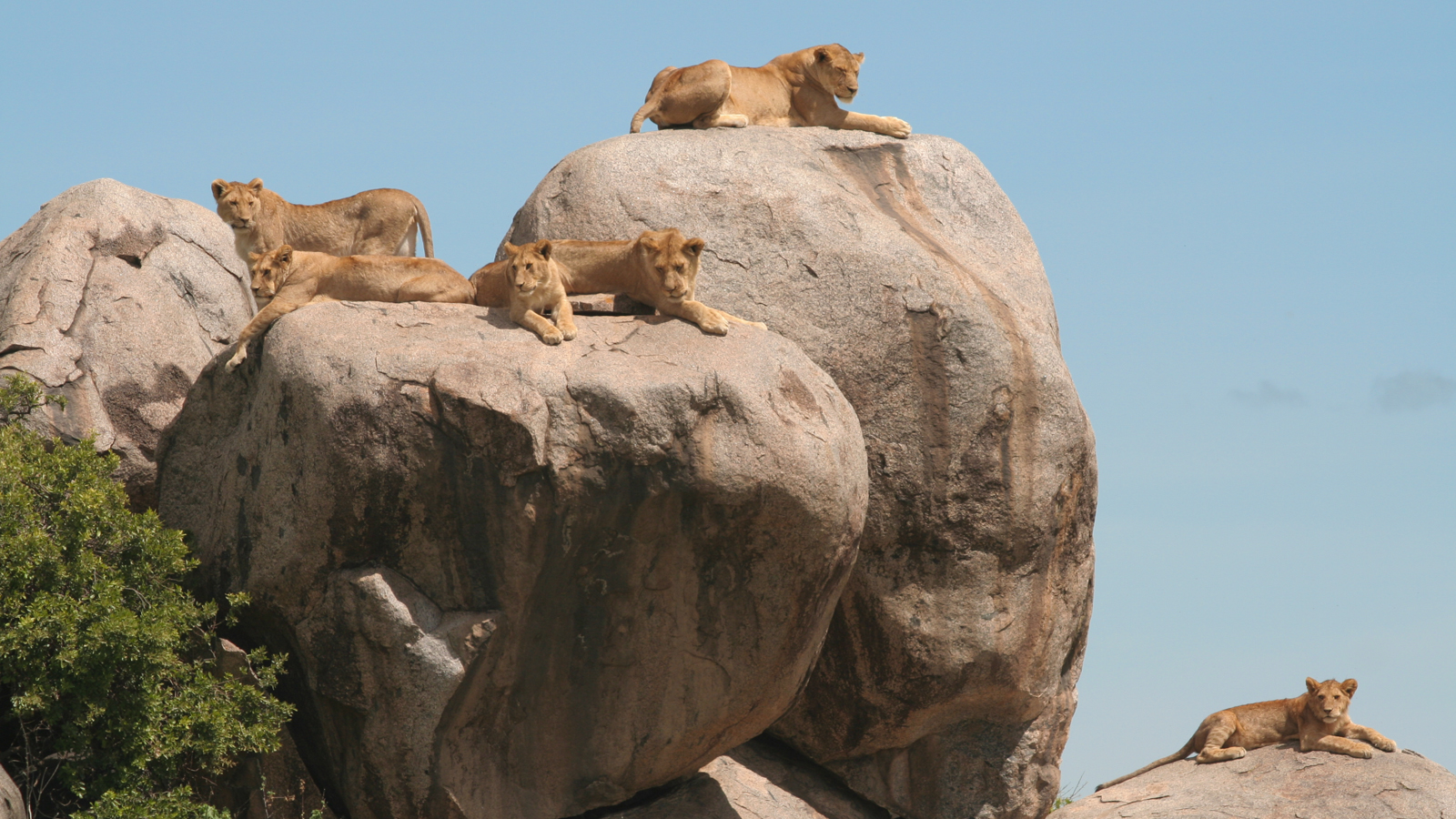
Major Kopjes in the Serengeti National Park.
Serengeti National Park in Tanzania is famous for its nine major kopje clusters that are named Seronera, Masai, Simba, Mbuzi Mawe, Four Seasons, Lobo, Moru, Barafu, and Gol Kopjes. This provides the opportunity for key wildlife to habituate in old granitic rocky outcrops that take the roles of vantage points or even shade places for predators such as lions, leopards and cheetahs. Each kopje cluster differs in its ecology and sceneries, hence vital to the ecosystem of the park, but also an attraction for visitors interested in the varied landscapes of the Serengeti.
Importance of Serengeti Kopjes to Wildlife.
Kopjes are a haven of refuge for many animals when water is in short supply, especially during harsh dry seasons. The nooks and crannies of such rocky outcrops have quite a variety of plant life, while the rocks act as sunbathing sites for predators and resting stops for herbivores.
Big Cats: The kopjes are more famous for being a home for some of the Serengeti’s biggest predators. It is quite a common sight to see lions lying around on the rocks, observing something in the distance, and enjoying the sun. This gives them perfect ambush points for hunting, with predators able to stalk their prey from atop and then strike with aplomb. Leopard and cheetah also use these rocks for their dens and hunting spots.
Other Mammals: With the great cats stealing the show, it is not unusual to find hyenas, baboons, and other antelope species making use of the kopjes too. Such outcrops have proved a haven from their would-be predators in a generally unforgiving land.
Birds and Reptiles: Various environments of kopjes host many birds, primarily raptors like Verreaux’s eagle, which nests on the rocky cliffs of these formations. Reptiles, such as Agama lizards and rock pythons, thrive on kopjes, creating ideal habitats and enhancing biodiversity in these regions.
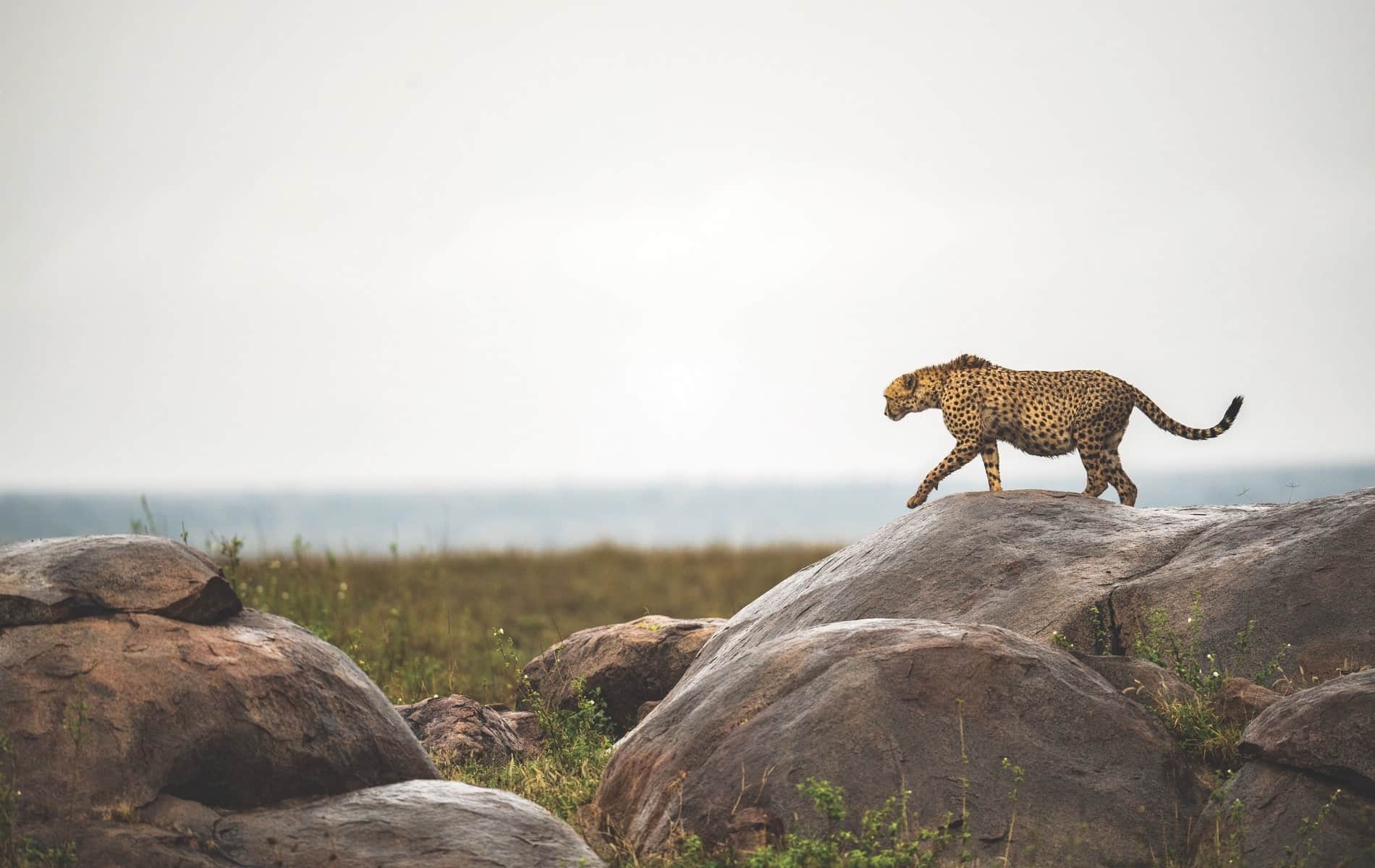
Scenic and Photographic Appeal.
The kopjes of Serengeti are a photographer’s goldmine. The interplay of light and shadow on the rocky surfaces, at times when the sun is rising or setting, assumes surreal proportions. The kopjes offer dramatic backdrops to herds of wildebeest, zebras, and gazelles roaming in the plains, hence one of the best sites to capture classic African wildlife moments.
These rocky outcrops also present panoramic views into the surrounding landscape of Serengeti, making clear the extent of open plains dotted with herds or the great migration. A good contrast between the rough rocky outcrops and endless plain provides a striking effect, a sight both breathtaking and at the same time humbling.
Best Time to Visit Serengeti Kopjes.
While the Serengeti is a year-round destination, kopjes are best visited in the dry season from June to October. It is during this time that the wildlife draws to the kopjes for shelter and water, one of the best times to view wildlife.
This season also extends between November and April. During the wet season, the green landscapes, though visually stunning, reduce animal congregation around the kopjes, making it less ideal for game viewing. However, it offers a few highlights: you can witness wildebeest and zebra calves born during this time of year.
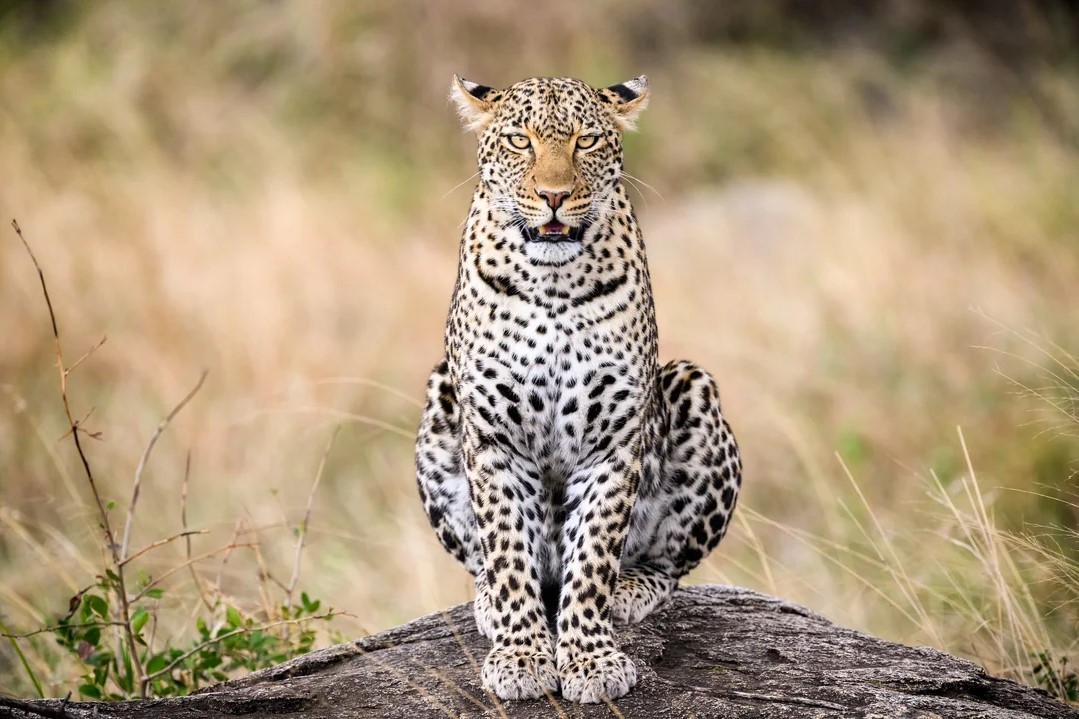
How to Explore the Serengeti Kopjes.
There are numerous ways to see the kopjes: the most usual one is a game drive with a guide. Guides know the behavior of the animals and will take you to spots where, if you’re lucky, you may well see some big cats or herds of herbivores.
Guided walking safaris around the kopjes can be organized for those who want a more personal encounter. Such walks get you in touch with the landscape, enabling you to appreciate the little things, such as the variety of plant life, insect activity, and bird species, while getting closer to the rocks and their ecosystems.
Some of the kopjes in the Serengeti are around luxury camps where you can spend your nights under the stars, listening to the sounds of the wild. The view of the kopjes during sunrise is one that is never forgotten.
A Must-Visit for Nature Enthusiasts.
These rock outcrops that make the Serengeti Kopjes are neither merely geological wonders, with wildlife and natural beauty on offer; this is indeed a living geological wonder. A photographer, an admirer of nature, and people searching for the most virgin aspects of the Serengeti here express their selves uniquely within the Tanzanian wilderness.
To end the paper, should one undertake a safari in the Serengeti, he shouldn’t miss one thing: the kopjes. Arcadia Safaris can make the most of this incredible landscape on safari, with expert guides to ensure that you see the magic of the Serengeti in all its glory. Comfortable 4×4 safari vehicles and attention to detail make Arcadia Safaris a perfect partner to take you on kopjes and beyond. Get ready for the time of your life!

